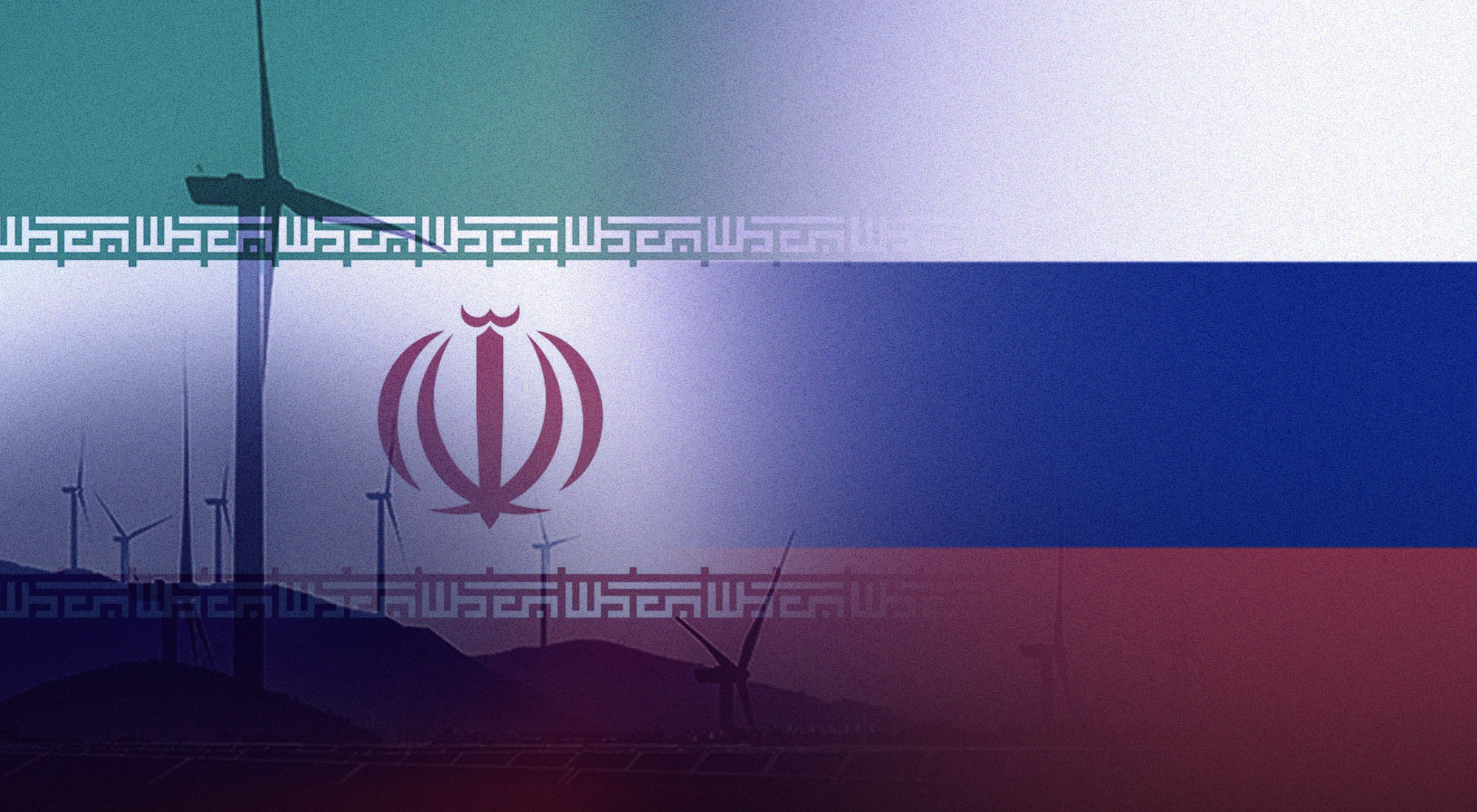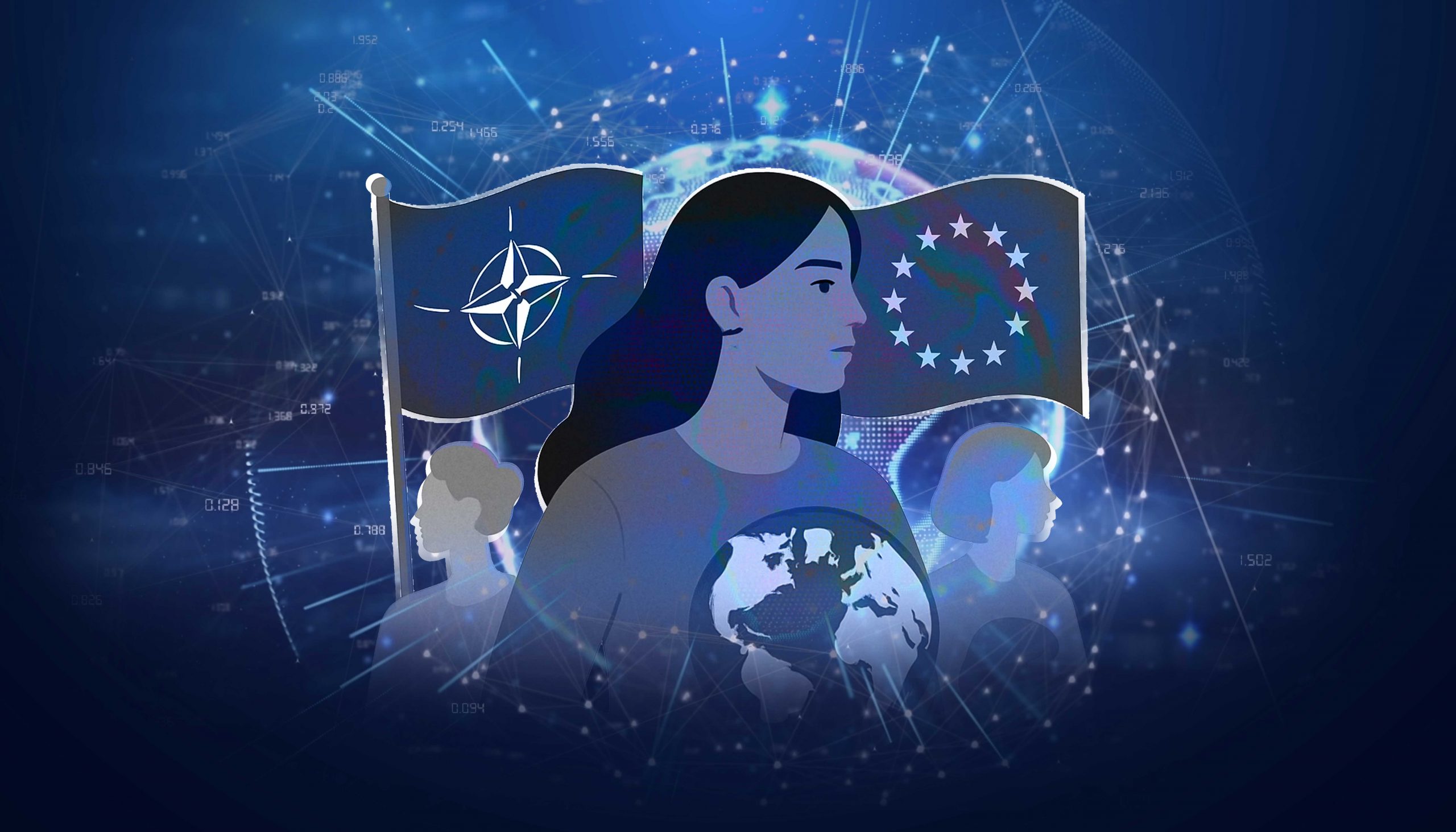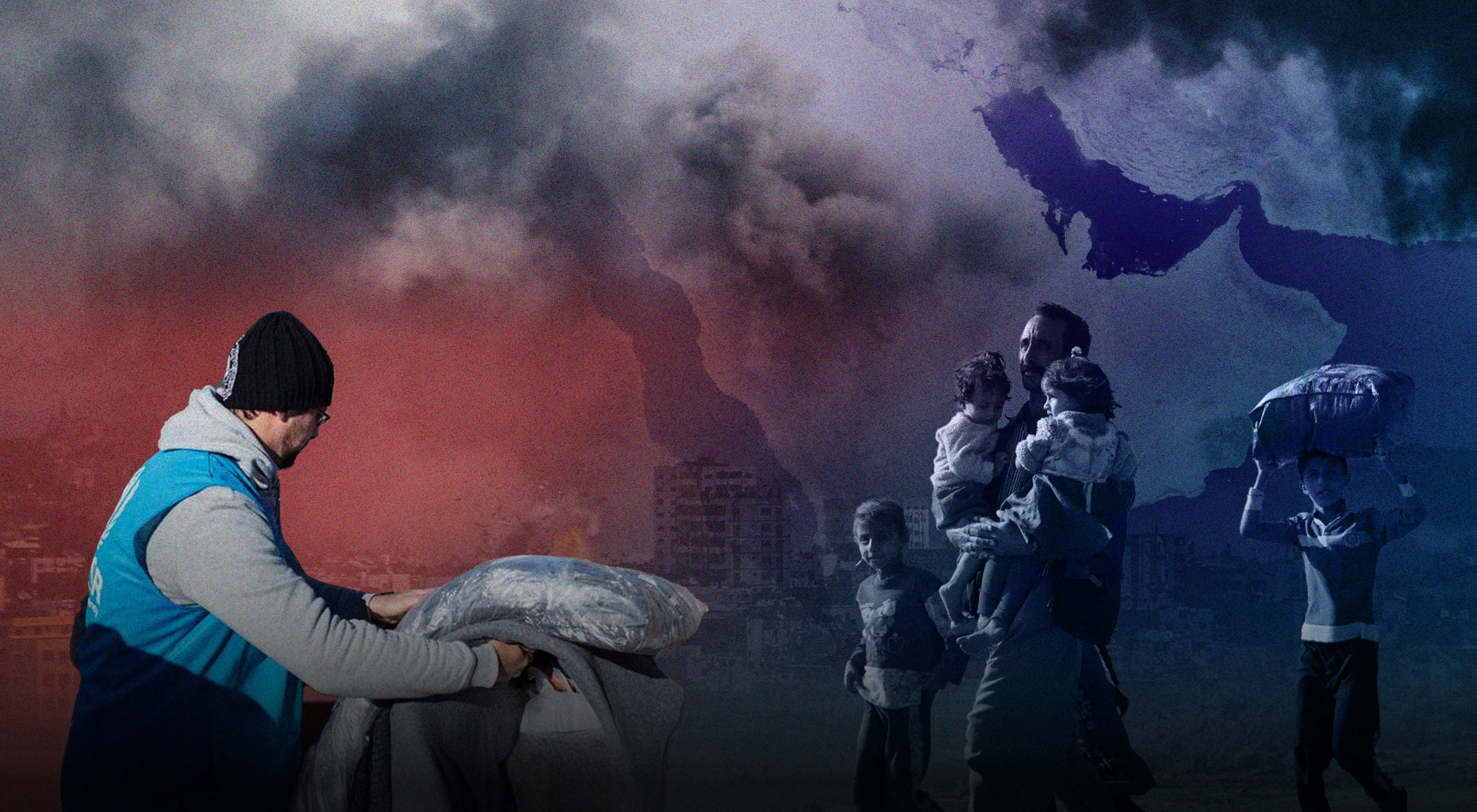ABSTRACT
This paper seeks to examine whether the Association of Southeast Asian Nations (ASEAN) functions as an actor, a forum, or a resource for its member states. Given that organizations can function differently across different thematic areas, this paper focuses primarily on economic facets and briefly discusses human rights objectives; these two policy areas are the most important in contemporary ASEAN politics. The research objectives were met by drawing on official documents, declarations, and stated missions of ASEAN and analyses extended in academic literature. The research finds that ASEAN functions as a forum. Its non-interference principles, institutional structure, and lack of enforcement mechanisms limit its functions as an actor and resource. ASEAN also heavily depends on China and international banks to meet its financial and development goals. Thus, ASEAN is almost entirely a forum, has limited resourcefulness, and is certainly not an actor of its own accord.
Introduction
On
8 August 1967, five countries — Malaysia,
Indonesia, Singapore, the Philippines,
and Thailand — established the Association of Southeast
Asian Nations (ASEAN). ASEAN
today has ten member states, including Brunei, Cambodia, Laos, Myanmar, and Vietnam. Despite its official formation in 1967, ASEAN was previously a more embryonic
organization—the Association of Southeast Asia
(ASA)—comprising only Malaysia, the Philippines,
and Thailand (Khoman, 1992). Its principles also stem from a series of other
historical periods, not just an agreement in 1967. ASEAN’s guiding principles are
largely based on the Bandung Conference of 1955 (Rajaratnam, 1992). The core
objectives among states at the Bandung Conference included economic and
cultural cooperation, protecting human rights and self-determination, peaceful
coexistence, and non-interference in sovereign affairs (United States
Government, n.d.).
ASEAN’s
principles form the ‘ASEAN Way.’ This comprises the non-interference principle,
consensus-building for decision-making, and adhering to international norms and
cultural plurality. Its development and evolution in the southeast Orient produce
stark differences from operations of international organizations in the West
(Ergenc, 2020). Nevertheless, some claim that ASEAN may be “the most successful
inter-governmental organization in the developing world today” (Association of
Southeast Asian Nations,
n.d.(b), para. 1). It may be interesting to evaluate such claims to expand our
knowledge around ASEAN.
However,
what ‘success’ should mean for ASEAN is a normative question. Alternatively,
analyzing the kind of international agency of ASEAN
still helps understand the organization better. Therefore, this paper investigates
whether ASEAN functions as an actor, a forum, or a resource in achieving organizational and
member states’ interests and objectives.
In
doing so, this paper uses the ‘obligations,’ ‘compliance,’ and ‘enforcement’
framework to understand the functioning of ASEAN and the ‘actor,’ ‘forum,’ or
‘resource’ categorizations provided by Hurd (2021) for analysis.
ASEAN’s obligations and goals
ASEAN’s
obligations can be first understood from its founding documents—the 1967
inaugural declaration and the 2008 ASEAN Charter. Founding treaties elucidate
an organization’s commitments, powers, and activities (Hurd, 2021). ASEAN’s
primary mandate is oriented toward peaceful, cultural, and economic relations
(Ergenc, 2020). Military affairs were deliberately excluded to prevent
complications (Khoman, 1992). Its charter outlines its mandate to “maintain and
enhance peace, security, and stability and further strengthen peace-oriented
values in the region,” “ensure that the peoples and member states of ASEAN live
… in a just, democratic, and harmonious environment,” and “create a single
market and production base which is prosperous” (ASEAN Charter, Art. 1(1),
1(4), 1(5)). To that end, member states are obliged to “take all necessary
measures” and align domestic legislation in pursuit of meeting the charter’s
objectives (ASEAN Charter, Art. 5(2)).
ASEAN’s
obligations are broad-ranging and vague, which is typical of regional organizations when
compared to field-specific international organizations. The former strive to
integrate local political economies, while the latter are usually focused on a
substantive issue (Hurd, 2021); for example, the World Trade Organization focuses solely
on international trade and the International Monetary Fund largely focuses on
matters of international economics. Coupled with the principles of the ASEAN
Way, it appears that the organization strives to function as a forum and
resource. Its member-states would not support ASEAN functioning as an actor,
given their emphasis on non-interference. Moreover, since ASEAN Summits are comprised
of heads of states (ASEAN Summit,
n.d.(a)), its resolutions are states’ resolutions, making states the real
actors even if ASEAN is the actor at face value. In addition, the bloc’s governing body cannot take decisive action on substantive
matters without states’ consent. Nevertheless, ASEAN was hailed for fostering
effective cooperation in earlier years (Rajaratnam, 1992; Nischalke, 2000).
However, contemporary shifts may challenge these acclamations, too.
ASEAN’s
subsequent declarations, practices, customs, partnerships, and evolving
agreements are important to understand its obligations and goals. Initially,
military affairs were deliberately excluded from ASEAN’s considerations.
However, ASEAN has discussed and published declarations regarding security
affairs in the South China Sea more often than it intended in its founding
period (Khoman, 1992). It has also often reaffirmed respect for human rights.
This has been more prominent in recent years with the case of Myanmar and joint
statements with the European Union (Kipgen, 2012; Association of Southeast
Asian Nations, 2022). Extending its initial objectives,
contemporary visions such as ASEAN Connectivity 2025 (APMC) and the Regional Comprehensive Economic Partnership
(RCEP) better explain the organization’s contemporary objectives. Under this
plan, ASEAN has diverse ambitions to connect its member countries economically and through physical
infrastructure (Mueller, 2020). Its mission to advance connectivity goes beyond
ASEAN, having secured strong partnerships with China and other Asia-Pacific
countries, significantly bolstering its economic goals and scope beyond its ten
members (“ASEAN-China Joint Statement…”, 2021; Association of Southeast Asian Nations, 2020).
ASEAN’s
contemporary partnerships play an important role in understanding the bloc’s role as an actor, forum, or resource. Partnerships, such
as APMC and RCEP, are both applauded and criticized by many. Some commentators fear partnerships
involving non-ASEAN states could deteriorate its regionalism and make
bargaining difficult for what is currently an institutionally weak and
less-united ASEAN (Jose & Samudra, 2022). It has also longed to remain a neutral actor (Ergenc, 2020).
ASEAN’s actions amidst recent partnerships force it to satisfy parties beyond
its ten members. Consequently, it may be losing its neutrality amidst
resource-dependency challenges and the involvement of non-member states to keep
others on board and continue receiving funding (Mueller, 2020). On paper, the
inclusion of more states, programs, and their associated funding mechanisms strengthens
ASEAN’s position as a resource and forum. However, these categorizations can
only be confidently asserted upon examining its compliance, enforcement, and
actual resources.
ASEAN’s compliance and enforcement
Ensuring
compliance is essential to an international organization’s role as an actor or resource. Compliance must also
be understood with nuance by considering why and when states do not comply.
There are both “dramatic” and “subtle” moments behind compliance and
non-compliance (Hurd, 2021, p. 6). Subtilities are not explored in this paper
as they would require a separate in-depth investigation. Nevertheless, they are
interesting and important events that encourage further research. Instead, dramatic moments
around ASEAN’s human rights principles are explored, given their contemporary
relevance. ASEAN originally focused heavily on economic cooperation but emphasized
respect for human rights in its Charter and the 2012 ASEAN Human Rights
Declaration (Kipgen, 2012; Petcharamesree, 2013). Yet ASEAN has encountered
issues with enforcing these obligations.
In
contrast, this may not be an issue of non-compliance because of how vague and
flexible the ASEAN Charter is (Hurd, 2021). Nevertheless, identifiable norms of
the ASEAN Way and contemporary human rights agreements and reinforcements are
violated. Compliance issues are also identified through a partial stepping away
from legal positivist means of interpretation and banking on an “internal discomfort”
of having a gross violator of human rights in ASEAN go unpunished (Hurd, 2021,
p. 302). Moreover, external actors have constantly pushed ASEAN to nudge
member-states to better comply with human rights principles. Thus, it can be
assumed that human rights violations are indeed cases of non-compliance, albeit
the level may be incomparable to violations like defying a United Nations
Security Council resolution.
Making
rules has not guaranteed their compliance,
and non-compliance should not be criticized on a surface level
merely as a ‘wrongdoing’. In
an international order where states still prioritize national interests, enforcement
mechanisms are imperative to foster compliance (Wendt, 1992; Hurd, 2021). ASEAN
simply lacks enforcement mechanisms (Kipgen, 2012).
It is almost entirely an ad-hoc forum for government negotiations (Hurd, 2021).
Its only enforcement mechanism is found in Art. 20(4) of the ASEAN Charter,
which states that a summit “may” consider measures in response to “a serious
breach of the charter or non-compliance”. Moreover, decision-making is done with
consensus, which makes punishing “serious breaches” or other bold actions
difficult (ASEAN Charter, Art. 20). These facets of consent connect with a broader
concept around international organizations (IO)—the IO paradox—explored further
subsequently.
ASEAN’s
compliance and enforcement issues around human rights reflect the IO-paradox—the
complex dynamic created by interactions between IOs and states, beginning with states’ sovereign decisions to forego some
of their sovereignty to IOs. Regional organizations encourage regional
integration and common principles, such as human rights, but also endorse
national autonomy at levels greater than international organizations such as
the UN, Security Council decisions specifically, the IMF, and the WTO. But human rights enforcement often
necessarily entails intervention (Ergenc, 2020). Yet, ASEAN’s Human Rights
Declaration (2012) wards off confrontation, questions, and criticisms, restricting
enforcement mechanisms to cooperation among member-states and the use of ASEAN
as a forum (Petcharamesree, 2013). The ASEAN Charter also endorses
non-interference simultaneously with the reinforcement of human-rights (Art.
14). Thus, member-states’ commitments may be empty promises as there are no
reasonable expectations nor means for ensuring compliance and punishing
non-compliance (Hurd, 2021).
Power
politics may also disincentivize compliance. ASEAN is missing a hegemonic power
that funds the organization largely and spearheads enforcement mechanisms of
the organization or through its means, which makes compliance less likely. For
example, the successful emergence of the Asian Infrastructure Investment Bank
(AIIB) is often partially credited to China’s leadership and substantial
funding of the organization. The AIIB President, Jin Liqun, also stated in an
interview that AIIB’s success is partially because of the active leadership
role China is taking (CGTN, 2021). In addition, states that have stable
bilateral relations with strong powers will not be compelled by the nudging of smaller powers, even if they are greater in quantity; e.g., Myanmar may be
ignoring states’ calls to respect human rights because of its stable relations
with China (Kipgen, 2012). This can also be found in ASEAN’s dealings around
security in the South China Sea (Buszynski, 2003). Thus, ASEAN seems to be more of a forum than a resource and is not an actor.
ASEAN’s resourcefulness
In
addition to charter and rules-based enforcement mechanisms, resourcefulness is
important for ASEAN to achieve its more material goals and objectives. This is
the final step in assessing if ASEAN is more than a forum. In its early stages,
ASEAN was seen as a norm-builder, assisting its member states with state-building
and unification among a scattered trade community. However, ASEAN’s
contemporary functioning is highly criticized. Firstly, ASEAN’s thin
bureaucratic structure reduces its resourcefulness and stifles achievements
across policy areas (Ergenc, 2020). Secondly, the bloc’s contribution to achieving its contemporary APMC and RCEP
plans must be understood better.
It
appears that ASEAN struggles to maintain coherence and implementation of its
agendas, lacks the centrality it envisions, is at odds with member states’ principles in some areas, and faces
severe governance concerns (Mueller, 2020). In terms of funding, ASEAN relies
heavily upon China’s Belt and Road Initiative (BRI) (“ASEAN-China Joint
Statement…”, 2021). This partnership does not make ASEAN an actor, as it does not render ASEAN a unitary
recipient of BRI projects; the projects are still bilaterally negotiated
between China and recipient states. The prominence of bilateral negotiations
shows that ASEAN has not, failed to, or lacks the power to negotiate
collectively. It is a reflection of the lack of a united and stronger ASEAN
bargaining front (Jetin, 2018). Thus, ASEAN’s resourcefulness remains limited.
Moreover,
ASEAN’s partnerships, such as with China, are irreplaceable given that ASEAN
does not have a strong treasury. The ASEAN Infrastructure Fund only has
US$485.3 million in equity, while annual ASEAN states’ development requirements
are US$60 billion collectively. Carrying out the APMC has largely depended on
the Asian Development Bank’s (ADB) extended annual infrastructure lending of
$13 billion. However, this may instead reflect ASEAN’s success in developing
synergy with other states to expand resources and achieve its objectives
(Jetin, 2018). In contrast, this ‘synergy’ is mostly a criticism of ASEAN and
this position is more accurate when taking power dynamics into account (Mueller,
2020). If most of ASEAN’s resources come from China, it reflects ASEAN’s
non-resourcefulness and dependence. Moreover, ASEAN’s lacking unity among its
member-states and low bargaining power means that the bilateral deals made are
more beneficial for China. Essentially, ASEAN’s dependency and lack of
bargaining force it to “engage with China on Beijing’s terms” (Mueller, 2020, p. 767).
ASEAN
has been more of a resource for China than for ASEAN’s member states, as the bloc’s economic priorities provided trade, development,
investment, and lending opportunities to China. Additionally, China’s
interactions with ASEAN and its member states are not just about the economic
opportunities it presents but also serves as a means of asserting soft power
dominance to enhance its image, diplomatic relations, and regional cooperation
against the West (Jose & Samudra, 2022). The array of regional and
international power dynamics at play with China is large. An important brief consideration for this paper
is the case of Japan. Although Japan is not among the ten member states of ASEAN, it is relevant because of the
expansive scope of the MPAC and RCEP beyond ASEAN and Japan’s membership in the
ASEAN+3 (alongside China and South Korea). Japan’s operations, military
objectives, and funding for international projects and investments are often
balancing acts against China. This makes increasing collaboration between ASEAN
and Japan controversial as it impedes the bloc’s neutrality principles (Mueller, 2020). Overall,
the many challenges and limitations ASEAN faces render it almost exclusively a
forum in its current state.
Conclusion
This paper examines the foundational purposes of ASEAN and its contemporary functions to understand whether it serves as an actor, forum, or resource. It concludes that ASEAN functions primarily as a forum. An understanding of the contemporary role that ASEAN seeks to achieve is understood by referring to contemporary declarations, agreements, and partnerships, apart from its founding document and the new Charter. Such a review suggests that ASEAN is primarily an organization that aims to endorse economic, cultural, and human-rights cooperation by respecting principles of non-interference. However, this paradox of fostering regional objectives while respecting non-intervention principles disincentivizes compliance and makes enforcement near impossible on paper and impossible as observed in practice. ASEAN’s economic goals and resourcefulness amidst recent partnerships are also assessed. ASEAN’s dependency on funding from China and the ADB and other political dynamics regarding its neutrality principles highlight that ASEAN still functions mostly as a forum, even in times where its resourcefulness would have been greatly beneficial to its members. Shifting obligations and enforcement mechanisms, expanding its treasury, or developing a more united front with its members could enhance ASEAN’s role as a resource beyond just a forum. Key reforms could improve ASEAN’s regional governance, agency, and resourcefulness.
References
1. Association of Southeast Asian Nations, “The
ASEAN Charter,” 2020, http://bitly.ws/PLt8.
2. Association of Southeast Asian Nations, “Regional comprehensive economic partnership,” http://bitly.ws/PLtY.
3. Association of Southeast Asian Nations, “ASEAN-China Joint Statement on Synergising
the Master Plan on ASEAN Connectivity (MPAC) 2025 and the Belt and Road
Initiative (BRI),” 2021, http://bitly.ws/PLuV.
4. Association of Southeast Asian Nations, “Joint Press Release 4th ASEAN-EU Policy
Dialogue on Human Rights,” 2022, http://bitly.ws/PLvI.
5. Association of Southeast Asian Nations, “ASEAN Summit,” http://bitly.ws/PLwx.
6.
Association of Southeast Asian Nations, “The founding of ASEAN,” http://bitly.ws/PLxw.
7.
Buszynski, L., “ASEAN, the declaration on conduct, and the South China
Sea,” Contemporary Southeast Asia 25, no. 3, 343-362, 2003, http://bitly.ws/PLyI.
8.
CGTN, 2021, “AIIB on 5th anniversary: What went
well? What went badly?”
[YouTube Video], accessed
on June 12, 2023, http://bitly.ws/PLzA.
9. Ergenc, C., “Introduction: ASEAN after 50: Historical,
theoretical, and regional perspectives,” ASEAN
as a method, 2020, pp.
1-12, (London: Routledge, 2020), http://bitly.ws/PLBL.
10. Hurd, I., International organizations: Politics, law,
practice, 2021, Cambridge University Press.
11. Jetin, B., “One Belt-One Road Initiative’ and ASEAN Connectivity:
Synergy Issues and Potentialities,” In
China’s Global Rebalancing and the New Silk Road, 2018, (pp. 139-150). Springer: Singapore, http://bitly.ws/PLIs.
12. Jose, H. S., & Samudra, H. D.
S. P., “Towards a new ASEAN Regionalism: Navigating
the outlook on Indo-Pacific in post-RCEP Beyond 2020,” Insignia Journal of International Relations 9, no.1, 2022, http://bitly.ws/PLJh.
13. Kipgen, N., “Association of Southeast Asian Nations
(ASEAN): Cooperation Problems on Human Rights,” Strategic Analysis 36, no. 1, 2012, pp. 100-111, http://bitly.ws/PLJL.
14. Khoman, T., “ASEAN conception and evolution,” Association of Southeast Asian Nations. 1992, Retrieved on April 4, 2023, from http://bitly.ws/PM99.
15. Mueller, L. M., “Challenges to ASEAN centrality and hedging in
connectivity governance—regional and national pressure points,” The Pacific Review 34, no. 5,
747-777. http://bitly.ws/PMar.
16. Nischalke, T. I., “Insights from ASEAN’s foreign policy
cooperation: The “ASEAN Way”, a real spirit or a phantom?,” Contemporary Southeast Asia 22, no. 1, 2000, pp. 89-112, http://bitly.ws/PNxa.
17. Petcharamesree, S., “The ASEAN human rights architecture: Its
development and challenges,” The Equal Rights Review, 11, 2013, pp. 46-60, http://bitly.ws/PNzp.
18.
Rajaratnam, S. (1992). “ASEAN: The way ahead,” Association of Southeast Asian Nations, 1992, http://bitly.ws/PNAm.
19. United States Government: Office
of the Historian, “Bandung
Conference (Asian-African Conference), 1955,” http://bitly.ws/PNBp.
20. Wendt, A., “Anarchy is what states make of it: The social
construction of power politics,” International Organization 46, no. 2, 1992, 391-425, http://bitly.ws/PNCo.








